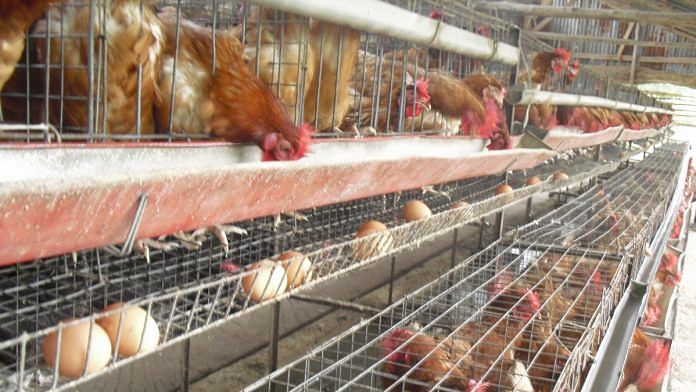New Delhi: Himachal Pradesh became the fifth Indian state — after Rajasthan, Madhya Pradesh, Haryana and Kerala — to confirm cases of avian flu after 1,800 migratory birds were found dead in the state’s Pong Dam Lake in the Kangra district.
“Slaughtering, sale, purchase and export of any poultry, birds, fish of any breed and their related products, including eggs, meat, chicken” has been prohibited in the district’s subdivisions of Fatehpur, Dehra, Jawali and Indora. Shops selling these products in the four subdivisions will also remain closed.
Principal Chief Conservator of Forests (Wildlife) Archana Sharma said, “The laboratory at the Indian Veterinary Research Institute (IVRI) in Bareilly had detected avian influenza in the samples of dead birds, according to information conveyed to us by the Centre Monday. We were awaiting confirmation by NIHSAD as it is the nodal body for detecting this disease.”
“The dead birds are being disposed off as per bird-flu protocol, adding that no such deaths have been reported so far from other water bodies in the state,” Hindustan Times quoted officials as saying. A rapid response team has been formed to deal with the outbreak, according to the director of animal husbandry, Dr Ajmer Dogra.
As of 4 January, Rajasthan has reported 425 bird deaths, all of which were traced back to the Jhalawar district, according to the state’s animal husbandry department. Meanwhile, Kerala has ordered the culling of nearly 40,000 birds within a one kilometer radius of the infected areas of Kottayam — which has seen 1,500 bird deaths — and Alappuzha districts. Last week, the bird flu virus was detected in 50 crows carcasses in Indore as well. In Haryana’s Barwala, around one lakh poultry birds reportedly died of the flu.
Alongside the Covid-19 outbreak this year, there have been bird flu outbreaks in Egypt, the United Kingdom (UK), South Korea, Japan and Vietnam.
What is bird flu
First discovered in China in 1997, bird flu, also known as avian flu, “is a highly infectious and severe respiratory disease in birds caused by the H5N1 influenza virus, which can occasionally infect humans as well, although human-to-human transmission is unusual” and does not happen easily.
People can get infected by the naturally occurring virus in birds only upon close interaction with “infected live or dead birds, or H5N1-contaminated environments” through touching infected birds, their droppings, bedding or killing and preparing infected poultry for cooking.
Markets where live birds are sold can also be another source, the UK’s National Health Services notes. If infected, the mortality rate in humans stands at 60 per cent, according to the World Health Organization (WHO).
Consumption of poultry products and other wild game is safe as long as it is cooked thoroughly. “Normal temperatures used for cooking (so that food reaches 70°C in all parts) will kill the virus,” the WHO notes. Majority of human infections can be traced back to slaughtering and handling of infected birds at home.
Besides its high mortality rate, if the H1N5 virus were to change genetically — something that occurs often in influenza viruses — such that it becomes more contagious and retains its “capacity to cause severe disease, the consequences for public health could be very serious.”
Symptoms, treatment, vaccine
Bird flu symptoms in humans include “fever, malaise, cough, sore throat, and muscle aches” as well as other early symptoms including abdominal pain, chest pain and diarrhoea. If the infection progresses quickly, severe respiratory illnesses and neurological changes can also occur.
If infected, humans tend to fall severely ill and require hospitalisation where oseltamivir — an antiviral medicine — is used widely to prevent severity of the disease and death.
Multiple vaccines have been developed for the H5N1 influenza virus and have been stockpiled in case of an emergency. Many other vaccine candidates are under development as well, in case the virus mutates and creates a pandemic. Several countries have been vaccinating the birds against the disease.
To prevent bird flu, one must wash hands with warm water and soap “especially before and after handling food, in particular raw poultry,” avoid contact with live birds and poultry, and use different utensils for cooked and raw meat.
The first outbreak of H5N1 in India was recorded 15 years ago in February 2006 at a poultry industry in the Maharashtra’s Nandurbar district. There was a major outbreak in West Bengal in 2008 and another one in Kerala in 2014.
Globally, 862 cases of bird flu have been recorded from 17 countries between January 2003 and December 2020, of which 455 were fatal, according to the WHO.
Also read: How coronavirus, bird flu and rumours to stay off non-veg hit poultry industry hard in India






